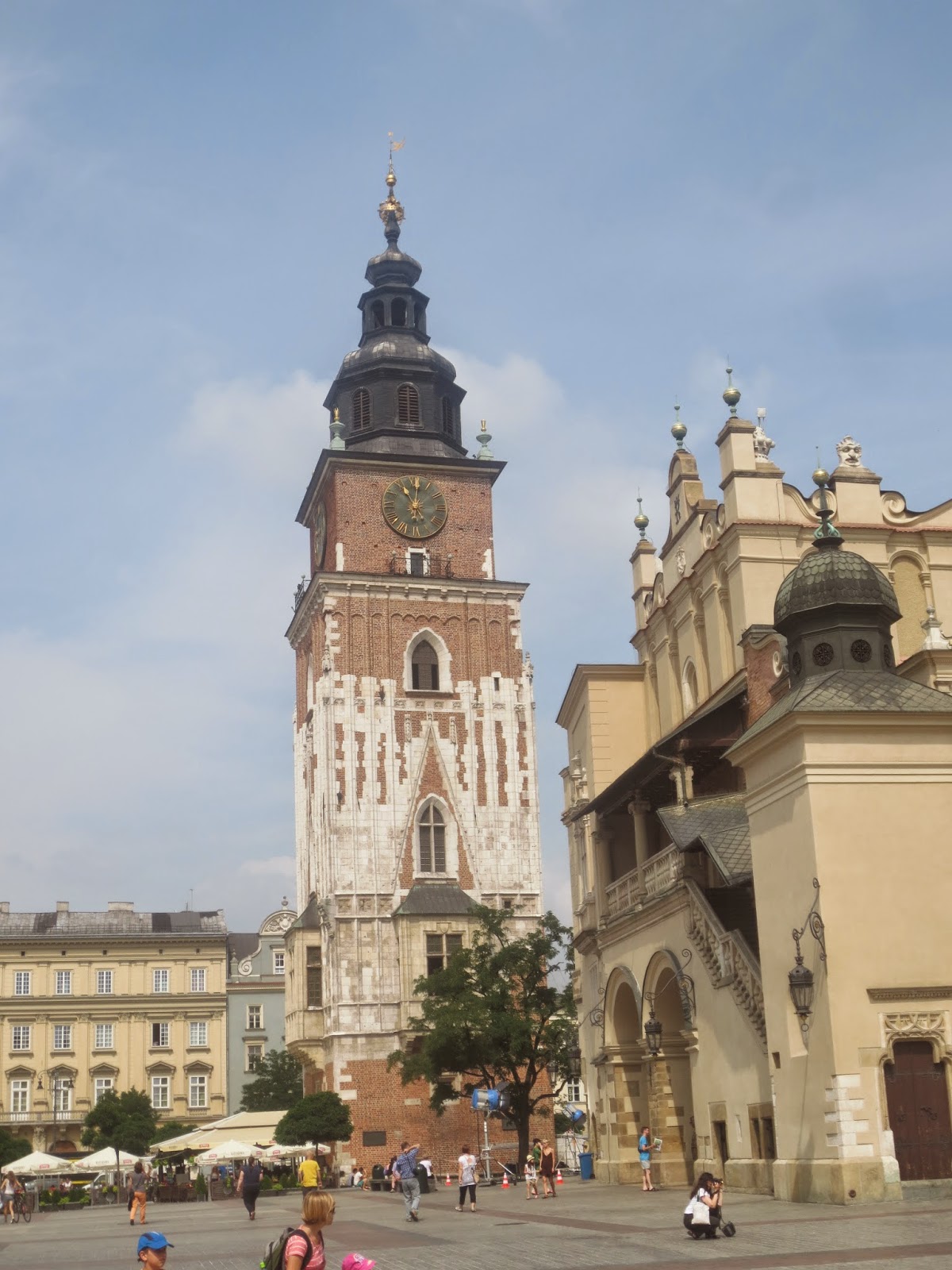Museum Island. That’s the kind of phrase
that makes my culture-geek heart sing. “Museum Island” appeals to me in the
same way “secret clubhouse” did when I was ten.
Museum Island is located in the middle of
Berlin, connected to the mainland on either shore by a series of short bridges.
It’s home to five museums, settled side by side like a bookcase of culture.
Given the opportunity, I could have visited every one of them. But mindful of a
short time in a fabulous city (and a husband who perhaps wanted to do a few
other things in Berlin), I settled on the two I longed most to see, the
Pergamon and the Neues.
This week I’ll be writing about what we saw
in the Pergamon Museum. I was so excited to see this collection that I ordered
tickets online about a minute after I’d bought our flights. This was
complicated by the fact that the website was in German, a language which I do
not speak. Every stage of the ticket purchase (and there were many stages) had
to be processed through Google Translate, so I knew I was buying tickets to see
the exhibits, and not, for example, the exhibits themselves.
The challenge paid off amply. The majesty of these exhibits was undeniable, and their sense
of poetry was breathtaking. Every one of them had a story to tell:
The Ishtar Gate is one of the most
magnificent things I have seen, anywhere. It was built by King Nebuchadnezzar
as one of the gates to the city-state of Babylon, and was named after the
goddess Ishtar, the Mesopotamian goddess of love. The gates were erected in 575
BCE to impress and intimidate visitors to the city, and no doubt they did both.
Nebuchadnezzar was intent on beautifying Babylon, and also commissioned the
Hanging Gardens, one of the seven Ancient Wonders of the
World. The Ishtar Gate was originally one of the seven wonders, but was later
replaced by the Lighthouse of Alexandria.
The gate on display is actually the
smaller, front part at nearly 50 feet high. The taller rear portion was too
large to display and remains in storage.
Almost as impressive as the Ishtar Gate is
the Processional Way. This work of art spanned the avenue that led to the
Ishtar Gate and is estimated to have been half a mile long, with walls up to 50
feet high. The Babylonian New Year’s celebration ran along this corridor, as statues of different deities were
carried. The lions that decorated the Processional Way were thought to
symbolize power and royalty.
The Market Gate of Miletus is the largest
reconstruction in any museum in the world. It is believed to have been built in
the second century in what is now Turkey, under Roman Emperor Hadrian. Miletus
was known for its philosophers and artists, and at that time was an important
port city. The gate was destroyed in an earthquake in the tenth or eleventh
century, and only recently restored for display. Over 50 feet tall, the marble gate bears columns and is decorated with
friezes and inscriptions.
The mosaic floor is also from Miletus, and
features tales of Orpheus.
The Aleppo Room is part of a home that was
located in Aleppo, Syria. Between the years 1600 and 1603, a wealthy Christian citizen
commissioned craftsmen to design this entrance to his house. It includes
Christian themes from the old and new testaments, as well as Persian secular
themes and Islamic motifs. The impression is of a serene coexistence of various
cultures and religions.
Qasr Mshatta was a winter palace in Jordan,
built in the eighth century. The Mshatta Façade, on display at the Pergamon
Museum, was the most ornate part of these palace walls. At sixteen feet high,
the façade wraps around the display room in two distinct parts: those that
decorated the secular parts of the palace display carved animals and other
motifs; those that are believed to have been nearest the mosque bear rosettes
and designs only, because sacred Islamic art prohibits representing living
humans or animals.
Next week, I’ll write about what I saw in the
Neues Museum.









































